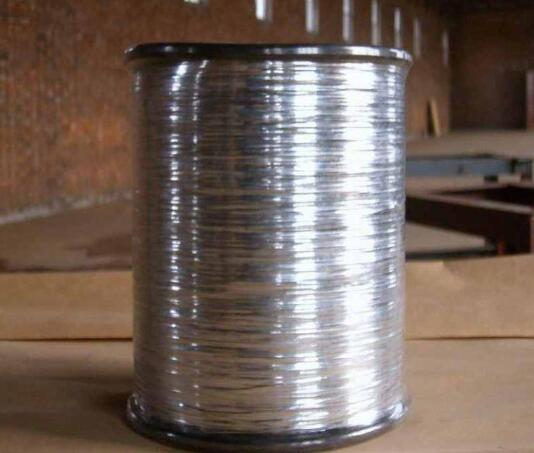Replacing Aluminum Window Screens A Comprehensive Guide
Aluminum window screens are essential components of any home, providing ventilation while keeping unwanted pests at bay. Over time, however, these screens can become damaged, corroded, or simply worn out. Whether it's due to weather exposure, physical damage, or just the wear and tear of daily life, replacing your aluminum window screens can enhance your home's aesthetics and functionality. This article aims to provide a comprehensive guide on how to efficiently replace aluminum window screens.
Understanding the Need for Replacement
Aluminum window screens serve multiple purposes, from blocking insects to allowing cool breezes to flow into the home. However, an old or damaged screen can do more harm than good. Cracks, holes, or rust can lead to increased insect entry, decreased airflow, and can even affect your home's energy efficiency. Therefore, regular inspections and timely replacement of these screens are crucial.
Assessing the Damage
Before you begin the replacement process, it's essential to assess the condition of your existing screens. Look for any noticeable signs of damage such as
- Tears or holes Even small tears can compromise the screen’s effectiveness. - Rust or corrosion Particularly in areas with high humidity or near salt water, corrosion can weaken the screen frame. - Bending or warping If the frame is bent, it may not fit snugly, allowing bugs to enter.
If you find any of these issues, it’s time to replace your screens.
Gather Your Tools and Materials
To replace aluminum window screens, you'll need some basic tools and materials
- New aluminum screen material (available at hardware stores) - Screen framing kits (if necessary) - A utility knife - Scissors - A ruler or measuring tape - A flathead screwdriver - Screws (if new frames are required) - A staple gun (optional for added security)
Step-by-Step Replacement Process
replacing aluminum window screen

1. Measure the Window Frame Start by carefully measuring the dimensions of your window frame to determine the size of the screens you'll need. Measure both the height and width at several points to ensure accuracy.
2. Remove the Existing Screen Use a flathead screwdriver to pry off the screen from the window frame. If the screen is held in place by screws, carefully remove them with a screwdriver.
3. Prepare the Frame Clean the frame thoroughly to remove any dirt or debris. If the frame is damaged or rotting, consider replacing it altogether. This can often be accomplished with a framing kit from your local hardware store.
4. Cut the New Screen Material Using the measurements you took earlier, cut the new aluminum screen material to size. Ensure you leave an extra inch on all sides for adjustments.
5. Attach the New Screen Lay the new aluminum screen material over the frame, pulling it tight but not excessively taut. If using a framing kit, follow the instructions to secure the screen with staples or pins. Trim off any excess screen material.
6. Reinstall the Screen Carefully position the newly screened frame back into the window opening. If there are screw holes available, use the screws to secure the frame. If necessary, snap or press the screen back into place.
7. Final Inspection Once the new screen is in place, check for any gaps or areas that need additional securing. Make sure the screen is snugly fitted to prevent insect entry.
Maintenance Tips
To extend the life of your aluminum window screens, regular maintenance is key. Here are a few tips
- Clean the screens regularly with a gentle soap and water solution. - Inspect for damage at least once a year, especially before summer and fall when insects are more prevalent. - Store spare screens in a dry location to avoid any potential rusting or damage.
Conclusion
Replacing aluminum window screens is a straightforward and beneficial home improvement task that every homeowner can undertake. By following the steps outlined above, you can enhance your home’s energy efficacy while ensuring comfort and protection from pests. Remember that investing time and effort into maintaining your window screens will yield a more pleasant living environment for you and your family.

















